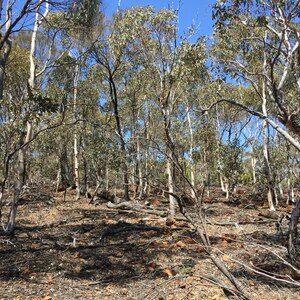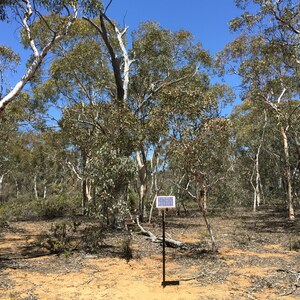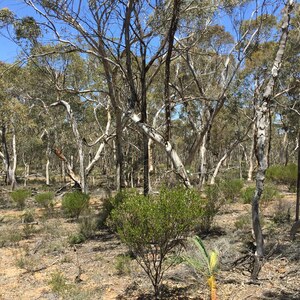Boyagin Nature Reserve
The Boyagin Wandoo Woodland SuperSite was established in the Boyagin Nature Reserve in September 2017 by the University of Western Australia. The Boyagin Nature Reserve lies approximately 12 km west of Pingelly, Western Australia. The SuperSite monitoring activities complement the Avon River Catchment Critical Zone Observatory at the UWA Future Farm in Pingelly that focuses on managed landscapes (rotational dryland wheat cropping and grazing pastures for sheep). The climate is Semi-arid (Dry) Warm Mediterranean.
The site provides nationally consistent observations of vegetation dynamics, faunal biodiversity, micrometeorology (climate, radiation, fluxes of carbon and water), hydrology and biogeochemistry to examine the impacts of disturbance, climate on carbon stocks and Green House Gas emissions, and impacts on habitat quality via ongoing monitoring of vegetation structure and fauna. A wide range of ground based observations of vegetation structure and floristics is planned and all will link to remote sensing of fire and vegetation change over time. Measurements of carbon sequestration through time will be achieved via the TERN OzFlux instrumentation capable of directly measuring CO2, water use and surface energy properties (energy balance, reflectance).
Boyagin SuperSite is located in the Avon Wheatbelt (AW2-Re-juvenated Drainage subregion) and has a high density of rare and geographically restricted flora and supports populations of several marsupials subject to fox predation (Numbat, Quenda, Woylie, Tammar, Red-tailed Phascogale, Brushtail Possum) that have disappeared from most of the Australian or Western Australian mainland.
SITES
License
CC-BY-4.0


